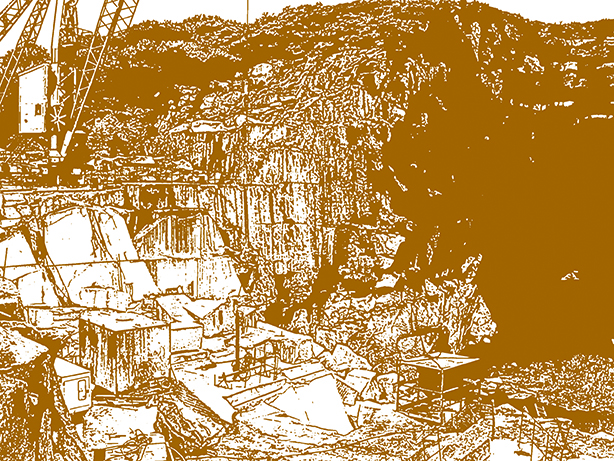Have you made a new year’s resolution? Has your company made a new year’s resolution?
If not, then perhaps we could make a suggestion? How about committing to reducing the whole-life carbon impact of the projects you work on by using a durable and sustainable material?
Which material are we talking about? Natural stone.
Studies comparing the whole-life carbon impact of different construction materials including natural stone consistently emphasise the low carbon footprint of natural stone.
As specifiers become increasingly aware that a ‘business as usual’ approach to the carbon impacts of architecture and construction is no longer an option, there is a fresh drive to consider and reduce the ‘whole-life carbon’ impact of a building.
Whole-life carbon includes both carbon embodied in products from the processes involved in making and transporting those products and operational (in-use) carbon from emissions, heating and cooling, maintenance, repair, replacement, and eventual disposal or recycling of materials.
For architects looking to specify materials that minimise carbon impact, natural stone has a lot to offer, delivering sustainability in both its extraction and whole-life value.
Stone Outperforms Ceramics
One of the research projects carried out compared the life-cycle assessments of different materials used for flooring.
When comparing the Global Warming Potential (GWP) of natural stone tiles with ceramic, parquet, large-format ceramics, PVC, laminate and carpet, natural stone was the best performer by a clear margin.
The GWP figures showed that, for example, large-format ceramic tiles have a 74% higher Global Warming Potential than natural stone.
A+ Green Guide Rating
The Green Guide to Specification, which is part of BREEAM, sets out an A+ to E ranking for the environmental performance of the use of building materials.
Factors evaluated include climate change, mineral resource extraction, waste disposal, and fossil fuel depletion. In a case study of a project carried out by the Building Research Establishment (BRE), almost half of all natural stone related components achieve either A+ or A and the majority of the remainder score a C or above.
A Showcase Project
15 Clerkenwell Close is a project in London that has garnered much press attention due to its boundary-pushing design using an exoskeleton of natural stone taken straight from the quarry.
While the design was a major talking point, perhaps even more significant was the example it provided of the carbon benefits of using natural stone. By choosing stone, the project architect, Amin Taha, has reduced the embodied carbon of the structure by 90% and lowered the price by 25% compared with typical steel or concrete frames.
In their article about the project, the Architects’ Journal Editor commented: “…for architects, surely its most pertinent message is one about the potential of building with stone. As all aspects of production and consumption come under the microscope, perhaps now is the time for an honest discussion about materials.”
Stone Federation is well-positioned to help architects source the right stones for their projects, with more than 100 years’ experience of helping to connect professionals with natural stone providers.

